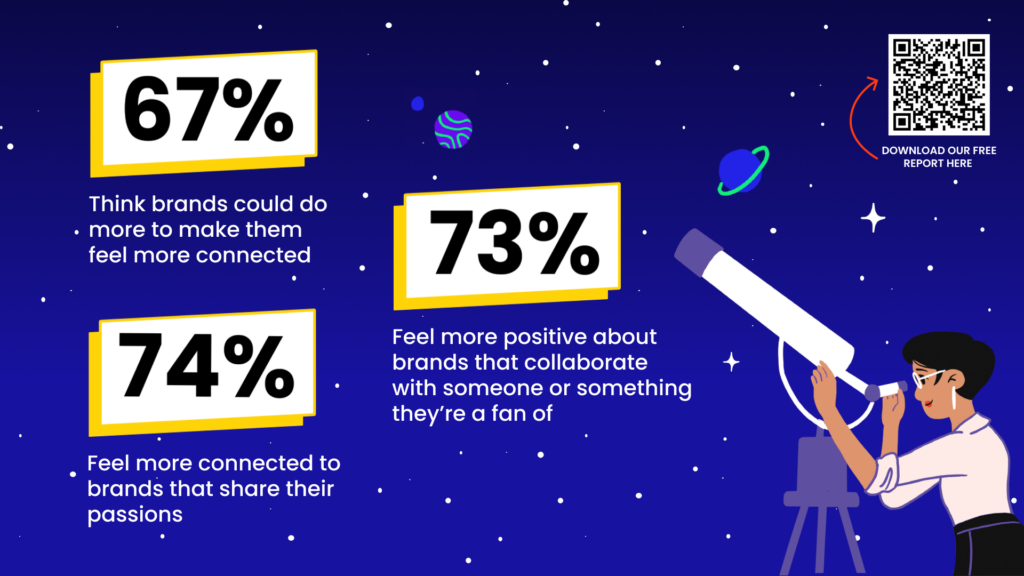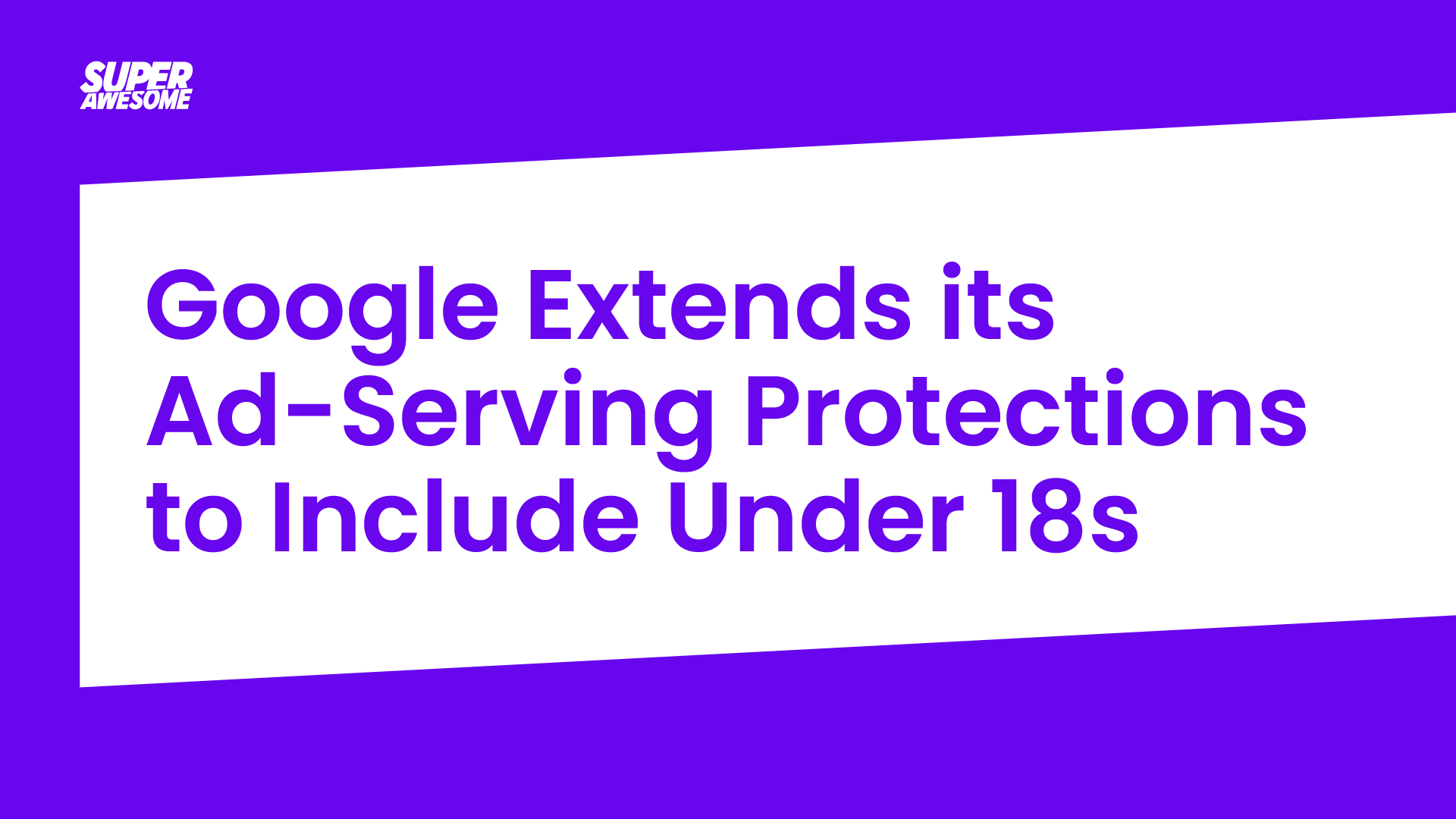In January’s edition of Toy World Magazine Sam Clough, our Global Head of Strategic Research and Insights, was invited to contribute an opinion piece on her latest research into passions, fandoms and their impact on youth audiences – which is shared below. You can check out the full edition of Toy World Magazine here and learn more about Toy World by heading to their excellent website here.
As we reflect back on 2024 and gaze ahead to the energy and crackle of Toy Fair season and the excitement for the year ahead, some of the toy industry’s biggest challenges remain stubbornly unresolved.
When it comes to connecting meaningfully with youth audiences, kids and teens remain a vital but elusive audience that continues to shapeshift across a hyper-fragmented media landscape, immersed in cultures that are moving faster than ever before.
In tandem with the challenge of understanding how to navigate their digital universe, the longer-standing challenge of data scarcity for under-18 audiences is also present.
Simply knowing who our audiences are and where they spend their time is no longer enough. In 2025, brands will need to dig deeper to ensure their budgets are being well spent – deeper than age and gender demographics, deeper even than understanding where they watch, socialise, and play to achieve the levels of nuance Gen Alpha and Gen Z audiences require.
So how can we evolve our approach in 2025? By tapping into fandoms, passions and the values that drive them.
The Power of Passions & Fandoms
In our latest research, we wanted to address the challenges outlined above and gain an understanding of how to connect more meaningfully with youth audiences.
To do this, we undertook a robust multi-market quantitative study to determine not only where Gen Alpha and Gen Z invest their time but, more importantly, to understand their passions and fandoms and why these resonate with them.
We explored the impact of identity, values and the emotional outcomes of connecting with those passions and fandoms to drive more meaningful connections for brands. The study included almost 4000 respondents and delivered some fascinating findings when it came to the impact of passions and fandoms on brand loyalty and campaign efficacy:
- 74% feel more connected to brands that share their passions
- 73% feel more positive about brands that collaborate with someone or something they’re a fan of
- 67% think brands could do more to make them feel connected

So, What Are the Differences Between Passions and Fandoms?
To the untrained eye, there’s very little difference between a passion and a fandom and they do, naturally, share some important similarities.
At their core, both passions and fandoms stem from a deep interest in something combined with a commitment to spending time and resources on a particular interest. Three in five respondents in our study said that they engage with their passions daily, while over half of kids and teens (56%) engage with their fandoms daily. However, while similarities exist and many still use these terms interchangeably, passions and fandoms are distinct entities and can act as two powerful levers that brands can tap into to create long-lasting connections with young audiences.

Passions are hobbies or interests that grow a skill or knowledge and often bring joy and personal fulfilment (think gaming, sports, or music), while fandoms are built around a community or type of consumable content that people can unite around (think of particular video games or entertainment IPs or a musician, for example).
Passions shape brand perceptions and can contribute to a child’s sense of self by connecting their interests to physical experiences, and when brands align with these passions they tap into identity, creating a deeper, more meaningful connection with their audience.
Fandoms can elevate this further by adding a social dimension. They allow kids to connect and be part of a collective with others who share their interests. This sense of community and belonging can help strengthen the bond between kids and a brand.
To bring this to life in the world of toys, think LEGO® – The passion point for a LEGO® enthusiast might be arts and crafts, while their fandoms might be built around gaming and films. So, when LEGO® Fortnite® | Star Wars™ was released, this would have deepened their connection to the LEGO brand by tapping into their passion point while creating a new space for their gaming and film fandoms to grow alongside other players.
Age and Stage Still Matter
It’s important to note that a child’s development means that their age and stage still remain incredibly important. When it comes to connecting with kids we can’t abandon demographics completely – especially when it comes to age. But the notion that delivering a campaign aimed at “4-9 year olds” is enough to reach a relevant audience is outdated, and the most successful toy brands will understand the need to go much further than this to drive efficiencies.

This is in part because kids are evolving so much faster than their older counterparts, and some of the things they like naturally change over time. Knowing when to tap into different passions and fandoms is key to leveraging these correctly.
Data from our research also shows that while both passions and fandoms endure and, in many cases deepen, as kids age, fandoms are acquired and shed more frequently than passions which tend to inform the fandoms themselves.
On average, young people have 4 passions at any one time while they have 2 fandoms – and this makes sense when we consider the financial, social and time investment required for some fandoms (think being a Swiftie or a fan of Manchester United, for example, versus enjoying music or football).
How Can Brands Tap Into Their Audiences Passions and Fandoms?
The first step for brands wanting to lean into passions and fandoms is to know their audience.
This means going beyond traditional demographics to understand their values and, alongside this, their passions and fandoms. SuperAwesome has developed Awesome Intelligence, for example, to help brands tap into rich insights from over a decade of research into youth audiences – drawing lessons from tens of thousands of cross-vertical campaigns to help brands build a more nuanced picture of their audience.
Once the audience itself is defined brands need to align with their values in an authentic way to reinforce positive emotional associations that come from brand interactions. This may involve connecting your brand with passions by creating content and experiences around a product that embraces these interests. It could be special events or limited edition collabs – the goal here is simply to connect your brand with something that your audience loves.
Brands can also leverage the power of fandoms to extend their reach and engagement levels beyond the individual. This might mean partnering with popular creators within a particular fandom, or it could be wider collaborations, themed experiences, or even exclusive UGC and merchandise that extend a fandom into new spaces that interact with other interests, e.g. Roblox or Fortnite.
Fandoms and passions are the cornerstone of loyalty and can act as an antidote to the hyperfast trends of the modern age. In 2025 and beyond, the brands that most successfully embody their audiences’ values and authentically connect with their passions and fandoms will be the big winners and the brands that build their most meaningful and long-lasting connections.






